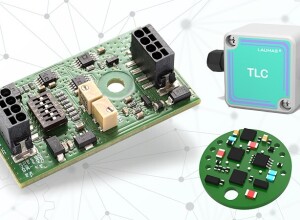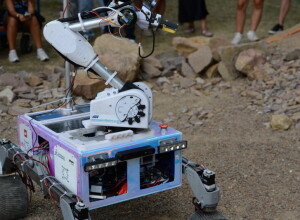[Article]: Weighing Technology in AI-Powered Humanoid Robots: Enhancing Balance, Perception, and Interaction
Humanoid robots equipped with artificial intelligence are becoming increasingly sophisticated, mimicking human movement, interaction, and even decision-making. One lesser-known but critical component of their functionality is weighing technology. Integrated weighing systems help robots understand the world around them — and their own bodies — with remarkable precision.
Why Weighing Matters in Humanoid Robotics
In AI-powered humanoid robots, weighing systems are not just about measuring mass. They serve a deeper purpose: enabling dynamic balance, force sensing, object recognition, and environmental interaction. Load detection and distribution are essential for safe and agile movement, especially in uneven terrain or when interacting with humans.
Core Weighing Technologies Used in Humanoid Robots
- Force-Torque Sensors: Placed at joints (such as wrists, ankles, and knees), these sensors measure multi-axis force and torque to help the robot sense load, adjust posture, and maintain stability.
- Strain Gauge Load Cells: Often embedded in the robot's feet or spine, strain gauges detect subtle shifts in weight distribution, crucial for walking, running, or lifting objects.
- Pressure Sensors: Installed in the soles or hands, pressure sensors detect contact and weight feedback in real-time, helping robots adapt grip or stance dynamically.
- IMU + Load Integration: Inertial Measurement Units (IMUs) combined with weight-sensing data provide a complete picture of robot motion, tilt, and applied forces for intelligent decision-making.
AI + Weighing = Adaptive Robotics
AI enhances the interpretation of weighing data in real time. For example, when a robot lifts a cup, it uses internal weight sensors to determine the object’s mass. AI algorithms then calculate the optimal grip force, arm speed, and counterbalance movement to avoid dropping or spilling.
Key Functions Enabled by AI-Driven Weighing:
- Automatic weight estimation of handled objects
- Posture correction based on load feedback
- Fall prevention through center-of-gravity adjustments
- Haptic feedback and “touch” recognition
Applications of Weighing in Humanoid Robotics
- Healthcare Robotics: Patient-assist robots use weighing sensors to determine how much support a human needs during movement or lifting.
- Warehouse Automation: Humanoid robots identify object weights to optimize picking, sorting, and stacking processes safely and efficiently.
- Service & Hospitality: Robots delivering trays or equipment use onboard weighing to adapt their gait and prevent spillage or imbalance.
- Space and Defense: Robots in unstable environments rely on advanced weight distribution sensors to maintain balance in microgravity or rugged terrain.
Integration Challenges
- Miniaturization: Weighing components must be compact and lightweight to fit within robotic limbs and joints.
- Real-Time Data Fusion: Combining weight data with vision, sound, and motion sensors requires fast, accurate processing to support AI decision-making.
- Power Consumption: Low-energy sensors are needed to preserve battery life in mobile or untethered robots.
Case Examples
- Boston Dynamics' Atlas: Uses load and torque sensors in its legs for dynamic walking, running, and jumping.
- Honda ASIMO: Balances with help from foot pressure sensors and gyroscopic control.
- NASA Valkyrie: Employs weighing tech for safe object manipulation in space missions.
Future Outlook
As humanoid robots become more human-like in function and form, weighing technology will play an even greater role in enabling lifelike motion, intelligent physical interaction, and emotional responsiveness. Expect future models to feature soft-touch weighing, multi-point pressure analysis, and neural AI systems capable of interpreting complex feedback instantly.
Conclusion
In the world of AI-powered humanoid robots, weighing technology is much more than a measurement tool — it is a foundation for balance, perception, and human-like interaction. As sensor precision and AI integration continue to advance, robots will move and behave with ever-increasing intelligence, safety, and realism.



























Interested? Submit your enquiry using the form below:
Only available for registered users. Sign In to your account or register here.